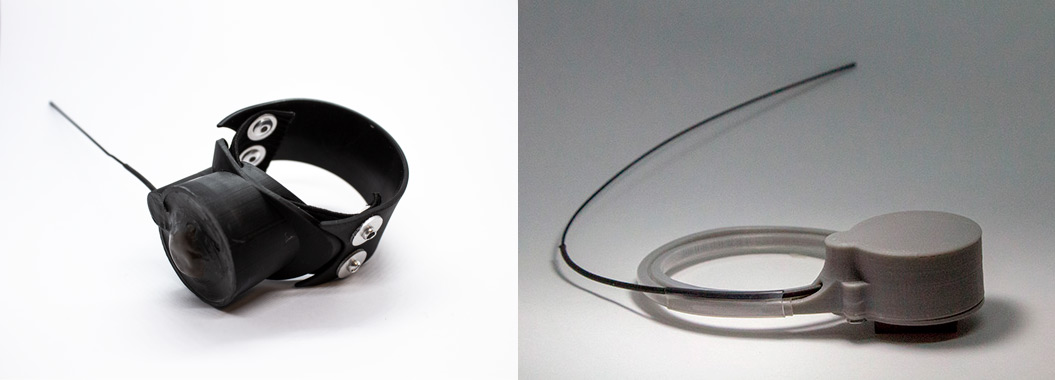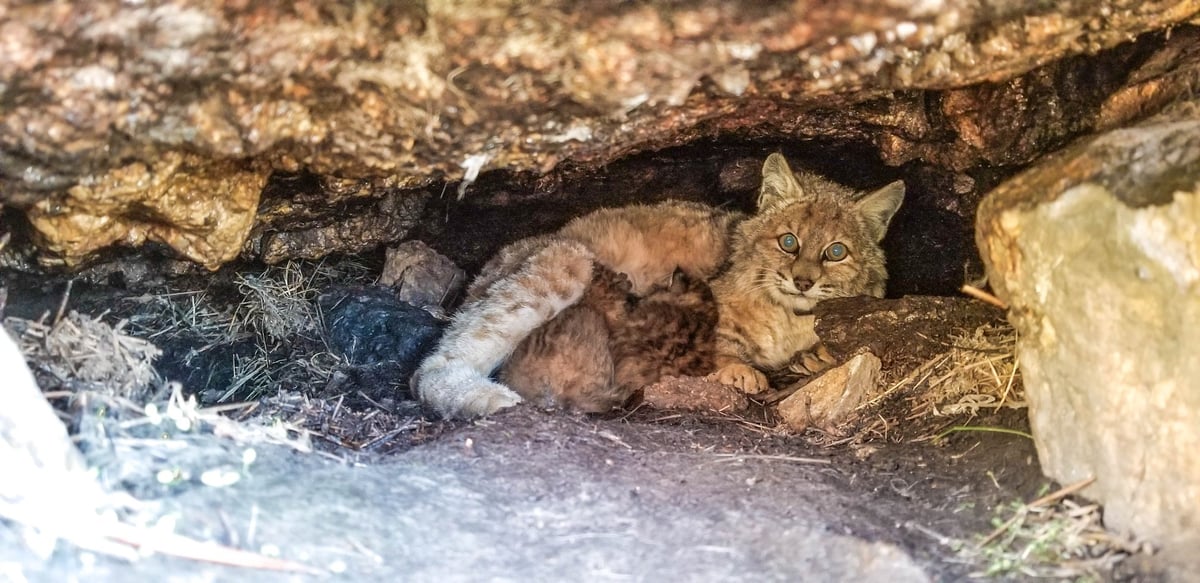Rather than undergoing surgery to implant a radio transmitter, bobcat kittens at South Dakota’s Game, Fish & Parks are now tracked via an expandable 3D printed collar complete with a tracker.
This new method was developed by the parks’ resource biologist, Brady Neiles. He used B9Creations 3D printing technology to develop the collars.
Neiles explains the reasoning for creating the collars, saying: “What we’re looking for as the end goal is a population growth rate for bobcats in the Black Hills, and a survival estimate. So, to get a specific growth rate, which helps us with our harvest, models, and population viability – we need the kitten survival rate. And that’s just never been published before for bobcats.”
The benefits of a 3D printed collar over surgical implantation is that the latter has resulted in injuries and even the death of an animal. A 3D printed tracker is a much safer alternative.

3D Printing a Safe Tracker for Bobcat Kittens
Collars with trackers have been used before, but they would usually fall apart within six months due to the need to produce them in weatherproof fabrics which don’t stretch with bulky bolt attachments.
Neiles explains that there are many benefits to using 3D printing to create a collar, explaining that current collar options are “stuck in the 70s”.
After coming up with the idea to 3D print collars, Neiles decided to create a prototype. This work led him to receive federal funding which meant he could roll out his plan on a larger scale.
With the additively manufactured alternatives, Neiles is able to create collars which are flexible, durable, and don’t absorb moisture. He experimented with materials to find the perfect solution and settled on B9Creations’ Rugged – Nylon 6.
If this 3D printed tracking method is successful, it may be rolled out for other species across the United States, such as fawn.
“Once everything is tuned up, the collars would make a huge difference – we collar a lot of juveniles in wildlife, so down the road, I could see this being used to collect population estimates on a lot of other species as well. We collar 250 fawns every single year throughout the state of South Dakota. That would be a huge opportunity, too,” adds Neiles.
Source: Press Release

License: The text of "Bobcat Kittens Receive 3D Printed Tracker Collars to Improve Tracking of Population" by All3DP is licensed under a Creative Commons Attribution 4.0 International License.